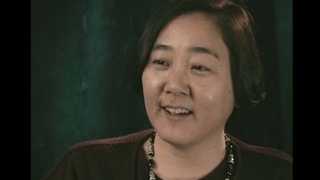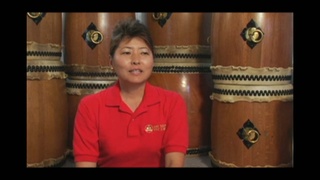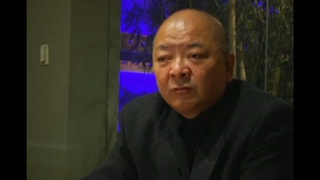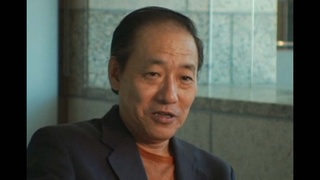Interviews
Challenges of Brazilian community in Japan (Japanese)
(Japanese) What they need to change now is how they serve customers. Of course, they have their own Brazilian style and they want to keep that in the future, but in reality some businesses just cannot survive with Brazilian customers alone, so when Japanese customers visit them, they need to be able to serve them like other Japanese stores do. I think that it determines whether they can make it or not in the long run, so as one big challenge, improving service is a must, I think.
But of course, it’s not that simple. I don’t want them to lose their uniqueness and since Oizumi-machi is a place for people to relax, they should remain as a place to give comfort to Brazilians - with the Brazilian, warm way of serving customers – but at the same time change to attract Japanese customers, ideally.
Date: October 18, 2016
Location: Gunma, Japan
Interviewer: Shigeru Kojima
Contributed by: Watase Media Arts Center, Japanese American National Museum










